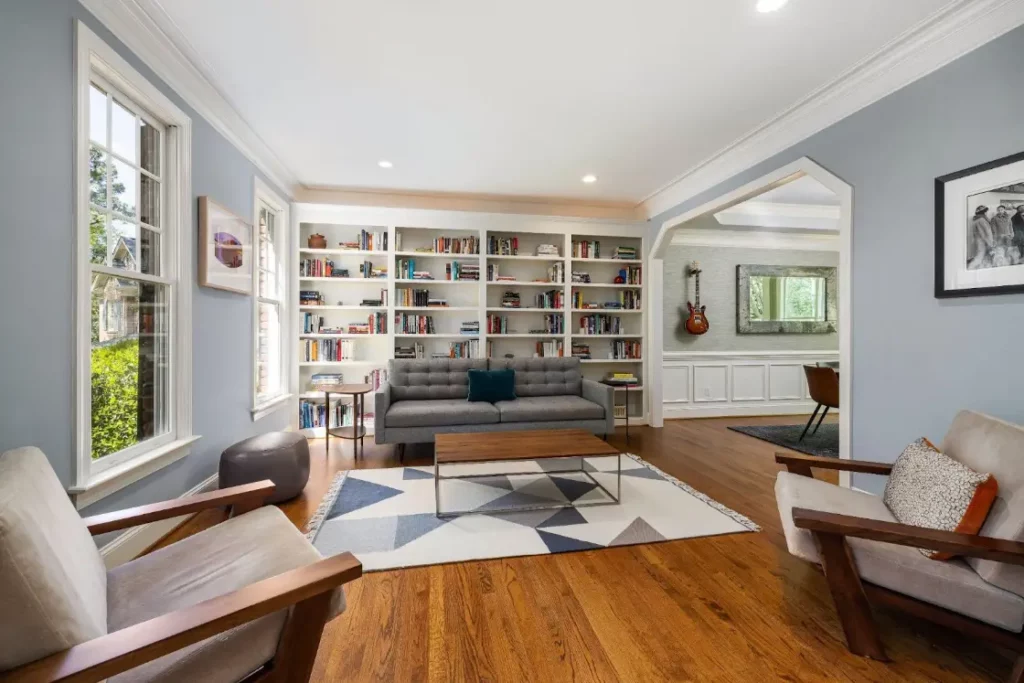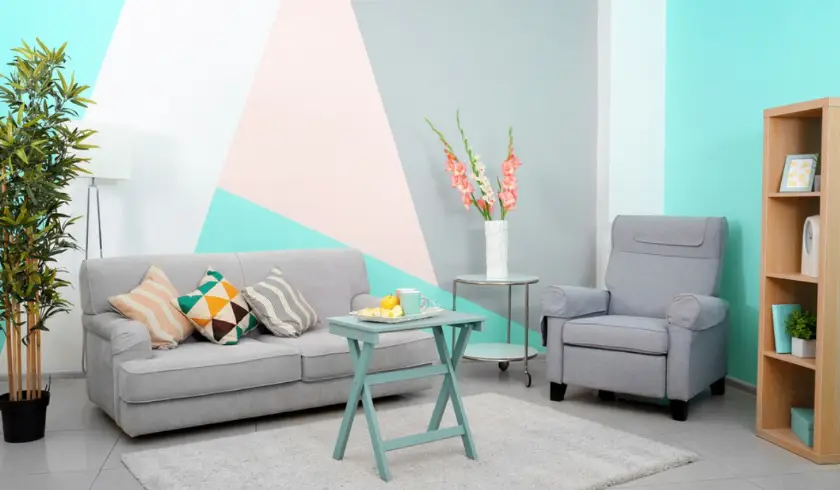Moving into a new home is more than just a change of address; it’s an opportunity to mold a space into your own. This transition, while daunting, opens up countless possibilities for personalizing and improving your living environment.
Whether it’s a fresh coat of paint or a full-scale renovation, each change you make is a step towards creating your ideal home. In this guide, we’ll explore essential tips for making effective home improvements after your move, helping you turn your new house into a home.
1. Assess Your Home’s Needs Before Making Changes

Before diving into home improvements, take some time to assess the needs of your new home. Live in your space for a few weeks to understand its flow, functionality, and shortcomings. Pay attention to details like natural lighting, storage needs, and how each room is used. Are there areas that get congested? Do you need more light in the study? Making a prioritized list of potential changes can help you tackle improvements systematically.
Consider both aesthetic and functional upgrades – from repainting walls to fixing any structural issues. This initial assessment period allows you to make informed decisions, ensuring that your improvements are both practical and tailored to your lifestyle.
2. Efficient Relocation
A smooth transition into your new home is key to beginning your home improvement journey on the right foot. Choosing a reliable moving company like Coleman Movers can significantly streamline this process. With their expertise in handling and transporting your belongings safely, you can focus more on planning your home improvements rather than worrying about the logistics of the move.
Moreover, experienced movers can offer valuable insights into the layout and potential of your new space, sometimes even suggesting practical improvement ideas based on their vast experience in the field. Ensuring your possessions are moved efficiently and safely sets a solid foundation for beginning your home improvement projects in a stress-free environment.
3. Prioritize Safety and Security Upgrades
The safety and security of your new home should be a top priority. Start by evaluating and upgrading the security systems. This might include installing a new alarm system, adding motion sensor lights, or updating door and window locks. Checking and replacing smoke detectors and carbon monoxide detectors is also crucial.
These upgrades not only protect your home and family but also provide peace of mind. In certain areas, they can even reduce home insurance premiums. Simple steps like these can significantly enhance the safety of your home, making it a secure environment for all your future improvements.
4. Plan for Energy Efficiency Improvements
Energy efficiency is not just a trend; it’s a practical approach to reducing utility bills and minimizing your carbon footprint. Start by identifying areas in your new home that can benefit from energy-efficient upgrades. This may include installing LED lighting, programmable thermostats, or energy-efficient appliances. Consider the insulation of your home – upgrading it can significantly improve heating and cooling efficiency.
These changes, while sometimes requiring an upfront investment, lead to substantial savings in the long run. Moreover, they contribute to creating a more comfortable and environmentally friendly living space.
6. Optimize Space with Storage Solutions
Effective storage solutions are key to maintaining an organized and clutter-free home. In your new space, identify areas where additional storage is needed. Solutions like built-in shelves, closet organizers, and under-bed storage can be life savers, especially in smaller spaces.
Consider innovative options such as multi-purpose furniture – like ottomans with storage or beds with drawers. In the kitchen and bathroom, maximize cabinet space with organizers and shelf risers. Remember, the goal is to create a tidy and efficient living environment where everything has its place. Well-planned storage not only keeps your home neat but also makes it more livable and spacious.
7. Personalize with Paint and Decor

One of the simplest and most effective ways to do this is with paint. Choose colors that create the desired mood and complement your furniture and decor. Wallpapers can also add a unique touch to any room. Then, decorate with items that speak to you, whether it’s artwork, family photos, plants, or eclectic finds from your travels.
These decorative elements can always evolve over time as your style and preferences change.
8. Enhance Outdoor Living Areas
If your new home includes an outdoor space, make the most of it. Creating a comfortable and inviting outdoor area can extend your living space and provide a tranquil retreat. Start with practical and comfortable outdoor furniture suited to the climate of your area. Add outdoor rugs, cushions, and lighting to create a cozy atmosphere. If you have a garden, consider landscaping that suits your lifestyle and the local climate.
Whether it’s a space for entertaining, relaxing, or gardening, an enhanced outdoor area can significantly improve your overall home experience and provide a personal oasis for you to enjoy.
9. Focus on Flooring Upgrades
Flooring can drastically impact the look and feel of your home. Consider replacing old or worn-out flooring with more durable and aesthetically pleasing options. Hardwood, laminate, or tiles can refresh your space and are easier to clean and maintain. Choose flooring that complements the overall style of your home and provides practicality for your lifestyle.
10. Consider Smart Home Integration
Integrating smart home technology can add convenience and efficiency to your new home. Start with simple additions like smart thermostats, automated lighting systems, or smart locks. These technologies not only enhance your home’s functionality but also contribute to energy savings and increased security. As you settle in, you can gradually expand your smart home setup according to your needs and preferences.
Conclusion
In conclusion, setting up your new home after a move is a journey of transforming a space to suit your unique needs and style. From practical improvements like safety upgrades and smart storage solutions to personal touches with paint and decor, each step you take helps in creating a home that’s truly yours.
Take your time, prioritize your comfort, and enjoy the process of turning your new house into a home that’s not only functional but also a reflection of who you are.
